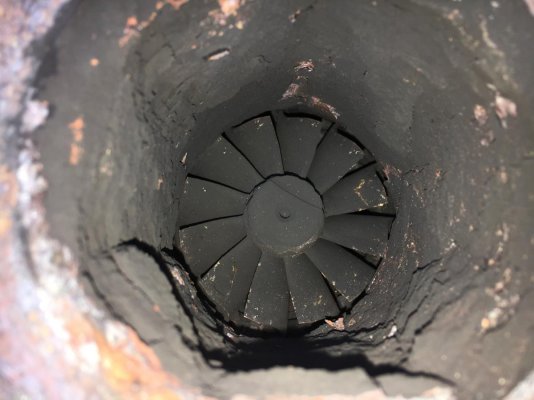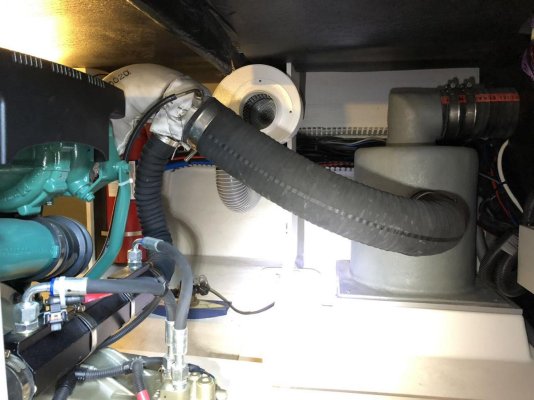LarryM
Guru
- Joined
- Aug 5, 2011
- Messages
- 1,069
- Location
- USA
- Vessel Name
- Pelago
- Vessel Make
- Wellcraft 3300 Coastal
Volvos don't seem to be Fun on the Water
But Cummins sure are
This is what I found when I opened mine. New turbos and a complete re-design of the exhaust risers is now underway. Gotta love those boat designers







